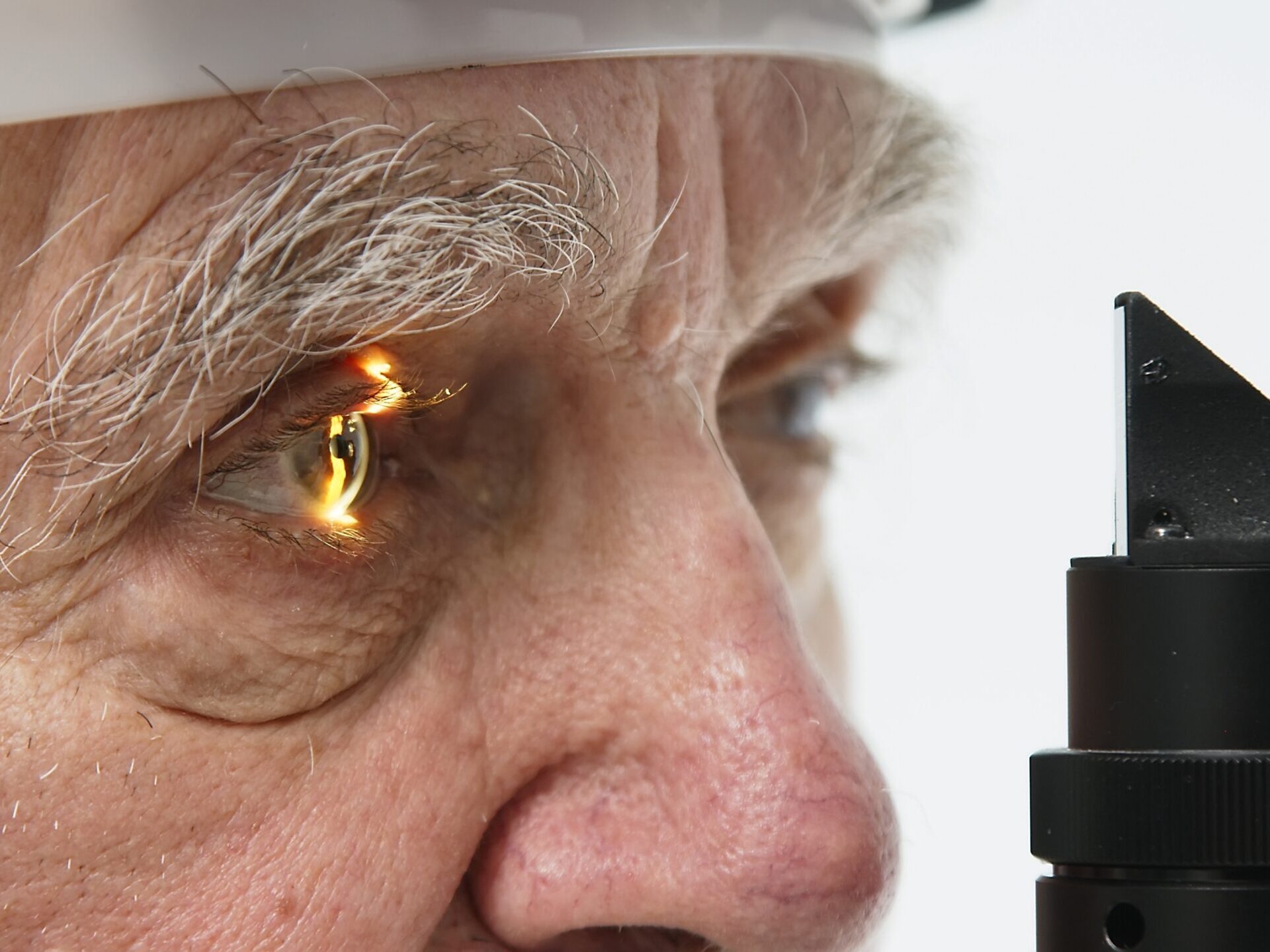News
Protecting sight to protect the mind
A new report has named vision loss as a risk factor that could be modified to reduce the chance of developing dementia.
The Lancet Commission – an international authority on health research – has named vision loss as a new modifiable risk factor for dementia.
Vision loss was for the first time named alongside 13 other risk factors that the report says if addressed could reduce the impact of dementia worldwide.
Commenting on the report, CERA Managing Director Professor Keith Martin says the findings highlight the importance of addressing vision loss for maintaining good health into older age.
“Two per cent of dementia cases were attributed to untreated vision loss later in life, but we should remember that with as many of 150 million people predicted to be living with dementia by 2050, reducing by even a small amount has the potential to prevent millions from developing the disease,” Professor Martin says.
The other risk factors for dementia are lower levels of education, hearing impairment, high blood pressure, high cholesterol, smoking, obesity, depression, physical inactivity, diabetes, excessive alcohol consumption, traumatic brain injury, air pollution and social isolation.
The Lancet Commission also called for governments to do more to address these risk factors.

Staying active
Professor Martin says vision loss can have a significant impact on a person’s overall health, both directly and indirectly.
“There are direct links between vision loss and other diseases, but vision loss also makes it harder to socialise, exercise or do many other activities to stay healthy,’’ he says.
“People also might find it harder to get to medical appointments, leading them to delay treatment for other conditions.”
Professor Robyn Guymer AM, CERA Deputy Director and Head of Macular Research, studies age-related macular degeneration (AMD), which can have a profound impact on older people’s lives.
“AMD affects the central vision, which can make it impossible to read, do crafts, watch television and drive – all ways someone might keep mentally active and enjoying life,” says Professor Guymer.
“This can lead to social isolation, which we know is another risk factor for Alzheimer’s disease.
“We also know that there also are pathological links between Alzheimer’s and AMD, so there is good evidence the conditions are connected directly as well.”
She says that vision loss is not a natural part of ageing, and new treatments to prevent vision loss are crucial to maintain a person’s health.
“People often say that they’re just losing their vision because they’re old.
“Well, no, plenty of people grow old without losing their vision, and our research is working towards making sure everyone can keep their vision throughout their entire life.”
Brain connections
Associate Professor Lisa Zhuoting Zhu leads CERA’s Ophthalmic Epidemiology research and is studying how technology can be used to detect disease in the community.
She says she became interested in the link between dementia and vision loss after reading research that found drivers in the UK were less likely to develop dementia.
“The hypothesis was that people who spent a lot of time driving received more visual stimulus – so their brain was more active – which helped prevent dementia.”
She has since completed reviews of many studies that have found an association between vision loss and dementia, and her work contributed to the Lancet Commission’s decision.
“We know that people with a visual impairment are more likely to have cognitive impairment and dementia,” says Associate Professor Zhu.
She and her team are working towards developing an AI technology that can predict a person’s overall health – including their risk of developing dementia – through an eye scan.
“We think an optometrist appointment, every couple of years when a person updates their glasses, would be a good time to check a person’s overall health, including their dementia risk, with a non-invasive retinal scan, which is showing promising results,” she says.
Professor Martin says much of CERA’s research looks at the links between the eye and the brain.
“The hyperspectral imaging team are developing a camera that aims to detect the earliest signs of Alzheimer’s in the eye before symptoms of dementia appear, which might open a window for more effective preventative treatments,
“And with CERA’s former deputy director Professor Peter van Wijngaarden now leading The Florey, the Southern Hemisphere’s largest brain research centre, we now have many new opportunities to study the connections between the eye and the brain.”
Professor Martin says the Lancet Commission’s decision to include vision loss as a modifiable risk for dementia highlights the impact new treatments for vision can have on a person’s life.
“When we treat a person’s vision, we’re often also improving their overall physical and mental health.”
